Introduction: Explore Mughal Architecture in Sindh (2026)
The Mughal Architecture in Sindh offers an exquisite journey through a forgotten chapter of South Asian history. While Lahore and Delhi are known for imperial monuments, Sindh quietly shelters masterpieces that echo Mughal grace and Sindhi artistry.
From the golden brickwork of Thatta’s Shah Jahan Mosque to the blue-tiled serenity of Makli Necropolis, this region unveils a side of Mughal heritage deeply rooted in spiritual aesthetics and cultural fusion.
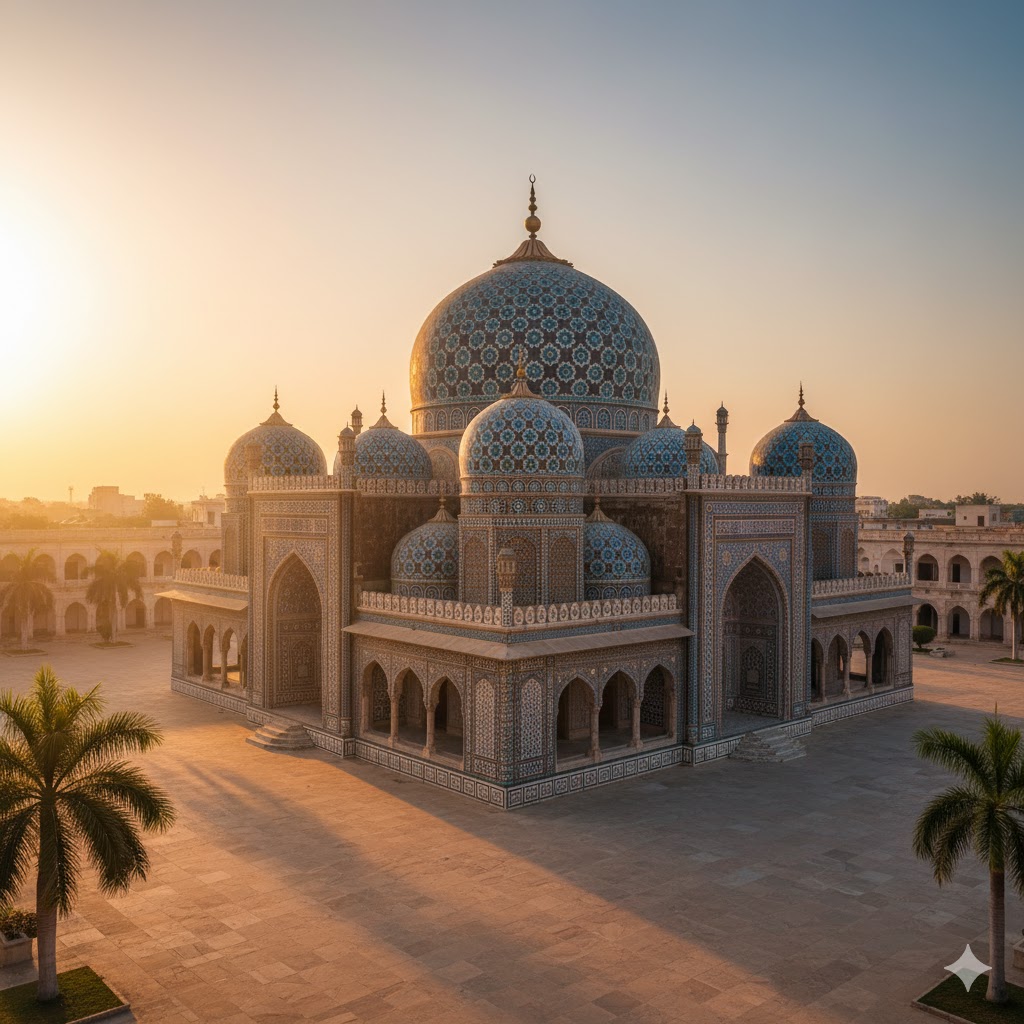
🕌 Shah Jahan Mosque, Thatta — Jewel of Mughal Geometry
Commissioned by Emperor Shah Jahan in the 17th century, this mosque is a flawless blend of Mughal geometry and Sindhi tilework. Unlike the marble domes of Agra, this structure glows in terracotta and blue glazed tiles, with 93 domes creating an echo-free acoustic masterpiece.
Visitors can hear a single whisper reverberate across the hall — a marvel of Mughal engineering unmatched even today.
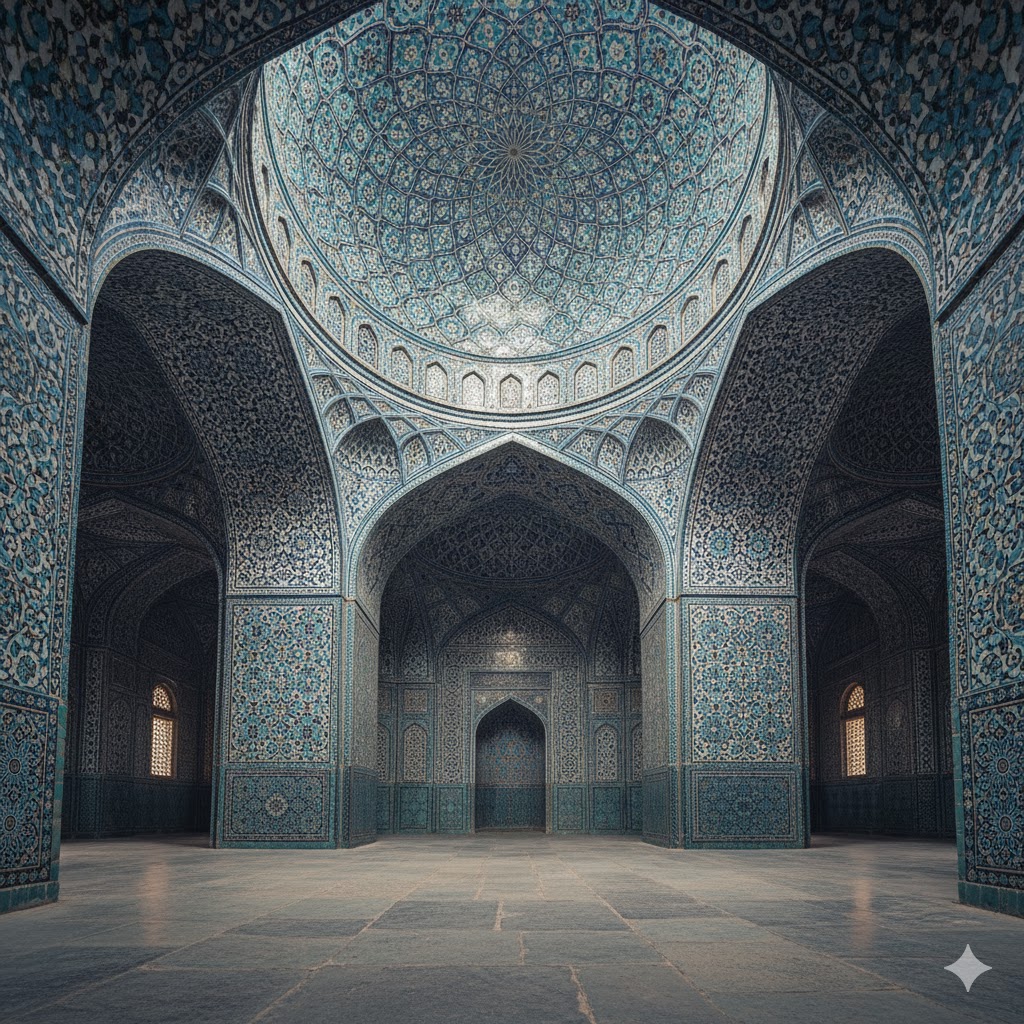
Source: Learn more about this UNESCO site via UNESCO World Heritage Centre.
🏰 Hyderabad Fort & Kalhora Influences
Hyderabad, the historical seat of Sindh’s Kalhora rulers, preserves Mughal inspiration in its fortified structures and city planning. The Hyderabad Fort, built upon earlier Mughal foundations, embodies both military strategy and aesthetic grandeur.
Its gateways bear Persian inscriptions and floral engravings — hallmarks of Mughal design. Even the narrow lanes surrounding the fort carry traces of brick masonry used in Mughal Delhi.
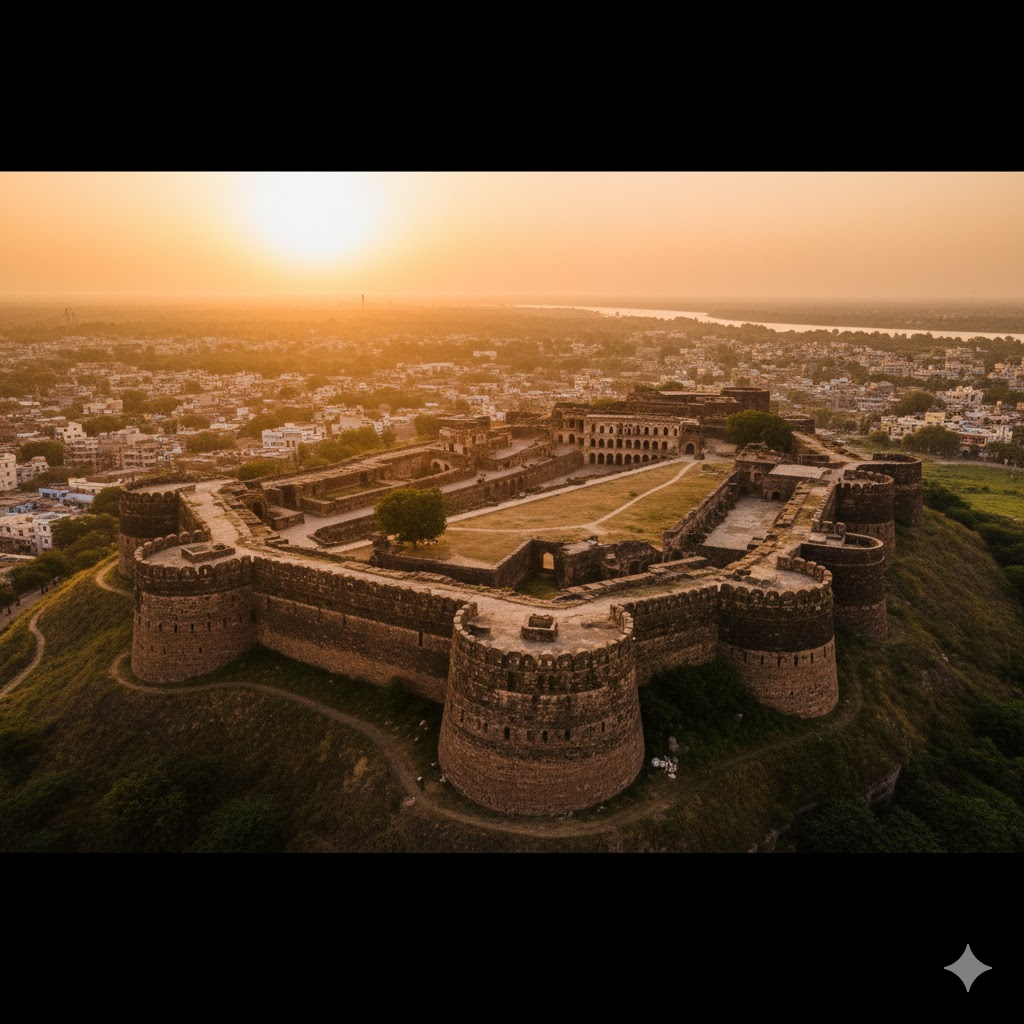
🪔 Makli Necropolis — Mughal Tombs & Timeless Spirituality
Spanning over 10 square kilometers, the Makli Necropolis in Thatta is one of the world’s largest cemeteries, housing tombs from 14th–18th centuries — including Mughal nobles, Sufi saints, and rulers.
Each tomb blends Mughal symmetry with Sindhi craftsmanship, featuring glazed tiles, Quranic calligraphy, and sandstone carvings. Particularly striking are the tombs of Isa Khan Tarkhan II and Mirza Jani Beg, both masterpieces of the late Mughal period.
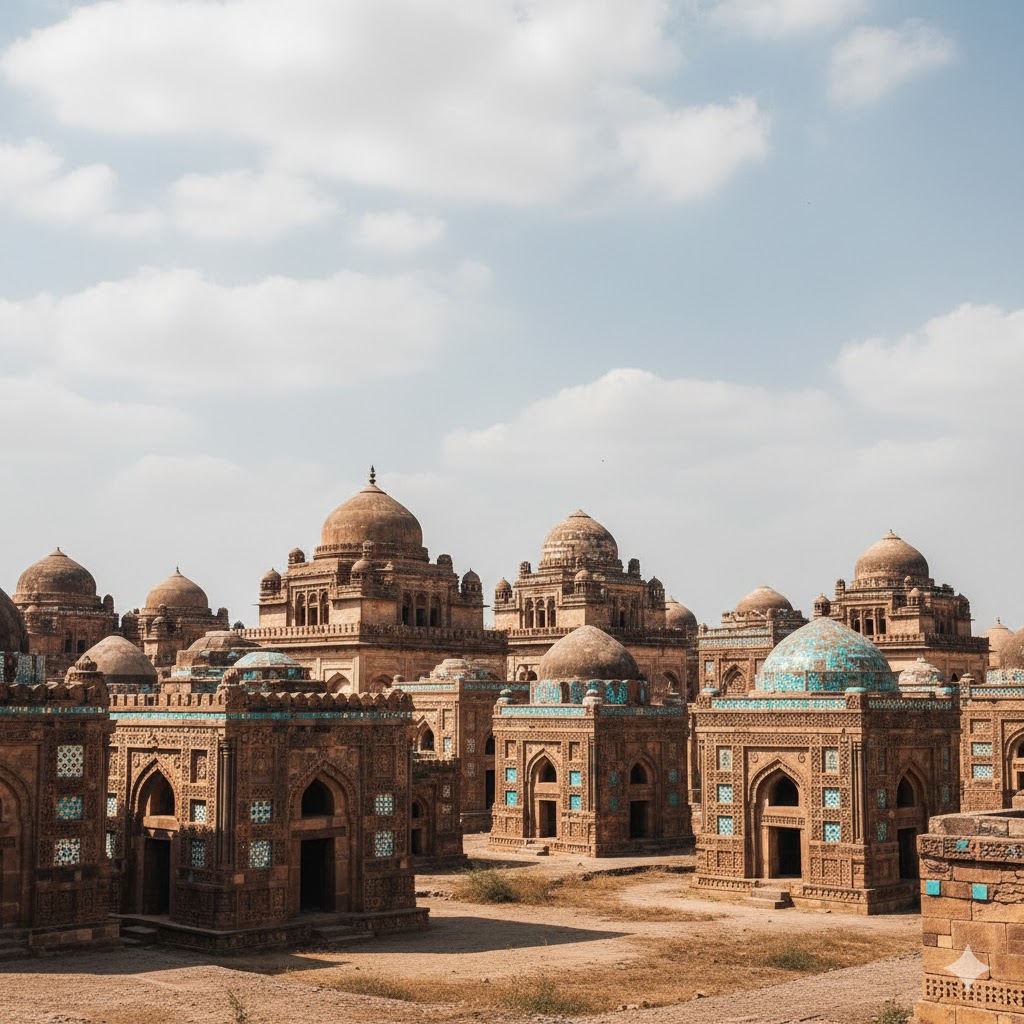
🌸 Khudabad Mosque, Dadu — A Forgotten Mughal Gem
Located near Dadu, the Khudabad Mosque (built during Yar Muhammad Kalhoro’s reign) mirrors the elegance of Mughal architecture with its arched portals, domes, and floral tilework.
Though lesser-known, it embodies the transition between Mughal and Kalhora artistry — a blend unique to Sindh’s heartland.
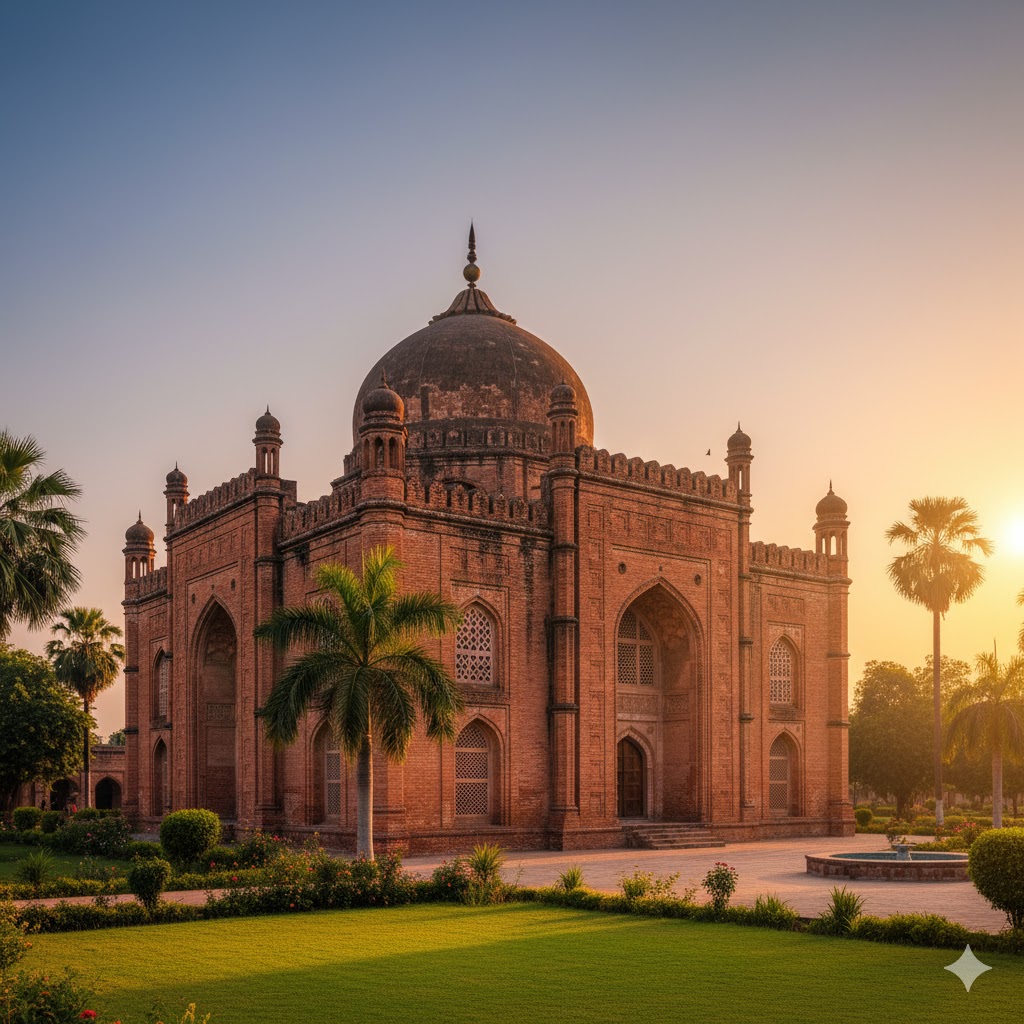
Source: Discover heritage restoration details via Heritage Foundation Pakistan.
🏯 Lesser-Known Mughal-Inspired Monuments in Sindh
Sindh’s countryside hides dozens of Mughal-inspired sites that historians and travelers are only beginning to rediscover.
- Tomb of Nawab Amir Khan, Shikarpur — Carved sandstone panels with floral engravings.
- Tombs of Mirpur Khas — Brightly painted domes inspired by Shah Jahan’s motifs.
- Jamia Masjid Sehwan Sharif — Where Mughal art meets Sufi devotion near Lal Shahbaz Qalandar’s shrine.
Each monument reflects Sindh’s capacity to merge Mughal geometry, Persian patterns, and local motifs, creating a unique identity distinct from northern imperial cities.
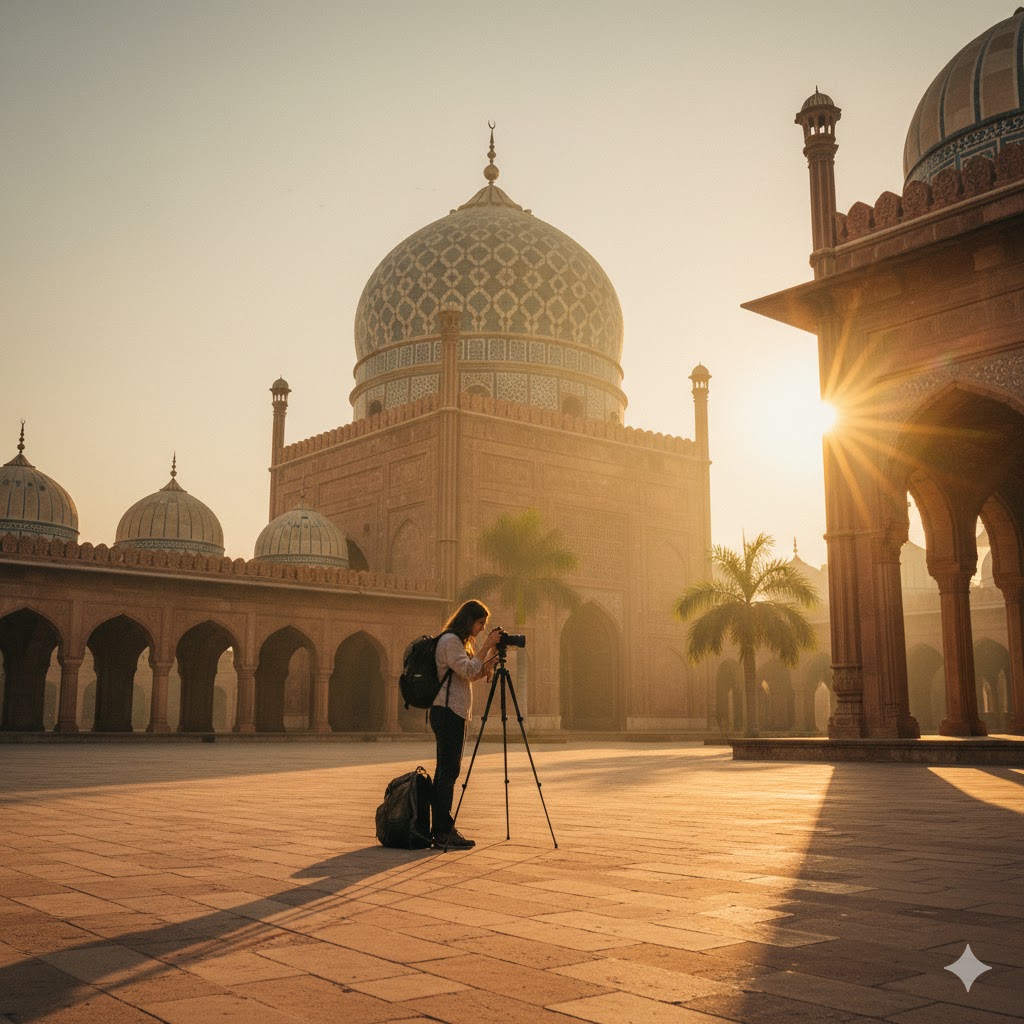
🗺️ Suggested Travel Itinerary: Sindh’s Mughal Heritage Trail
| Day | Destination | Highlights |
|---|---|---|
| 1 | Karachi → Thatta | Shah Jahan Mosque, Makli Necropolis |
| 2 | Thatta → Hyderabad | Hyderabad Fort, Pacca Qila, old bazaars |
| 3 | Hyderabad → Dadu | Khudabad Mosque, local craft markets |
| 4 | Return via Sehwan | Jamia Mosque, Sufi architecture |
Travel Tip: Visit during October–March for cool weather; sunrise light enhances the golden hues of Sindhi stone and blue tiles.
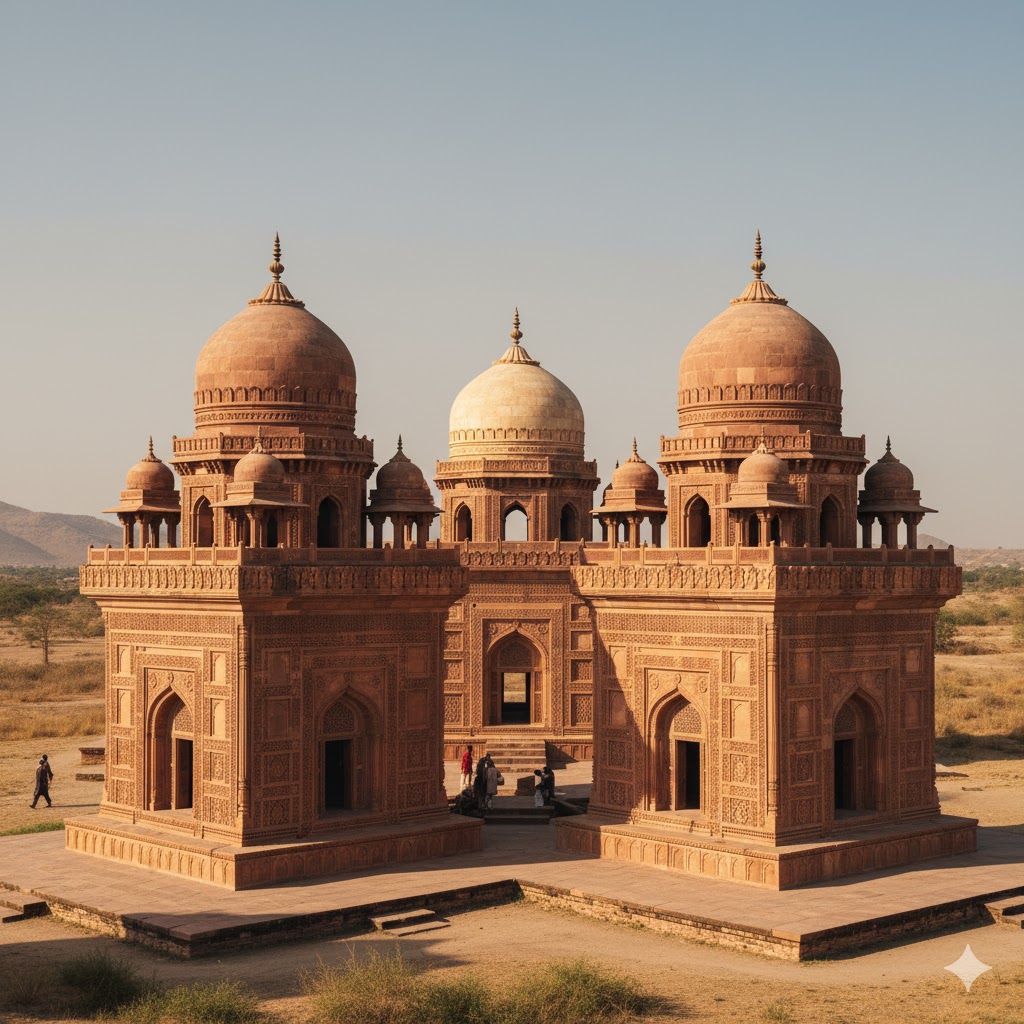
🧭 Best Time & Travel Tips
- Best Season: October to March (cooler, dry climate)
- Dress Code: Modest attire required at mosques and tombs
- Photography: Allowed with permission at historical sites
- Local Guides: Available through Sindh Tourism Development Corporation
- Transport: Karachi to Thatta (1.5 hrs), Hyderabad (2 hrs), Dadu (5 hrs)
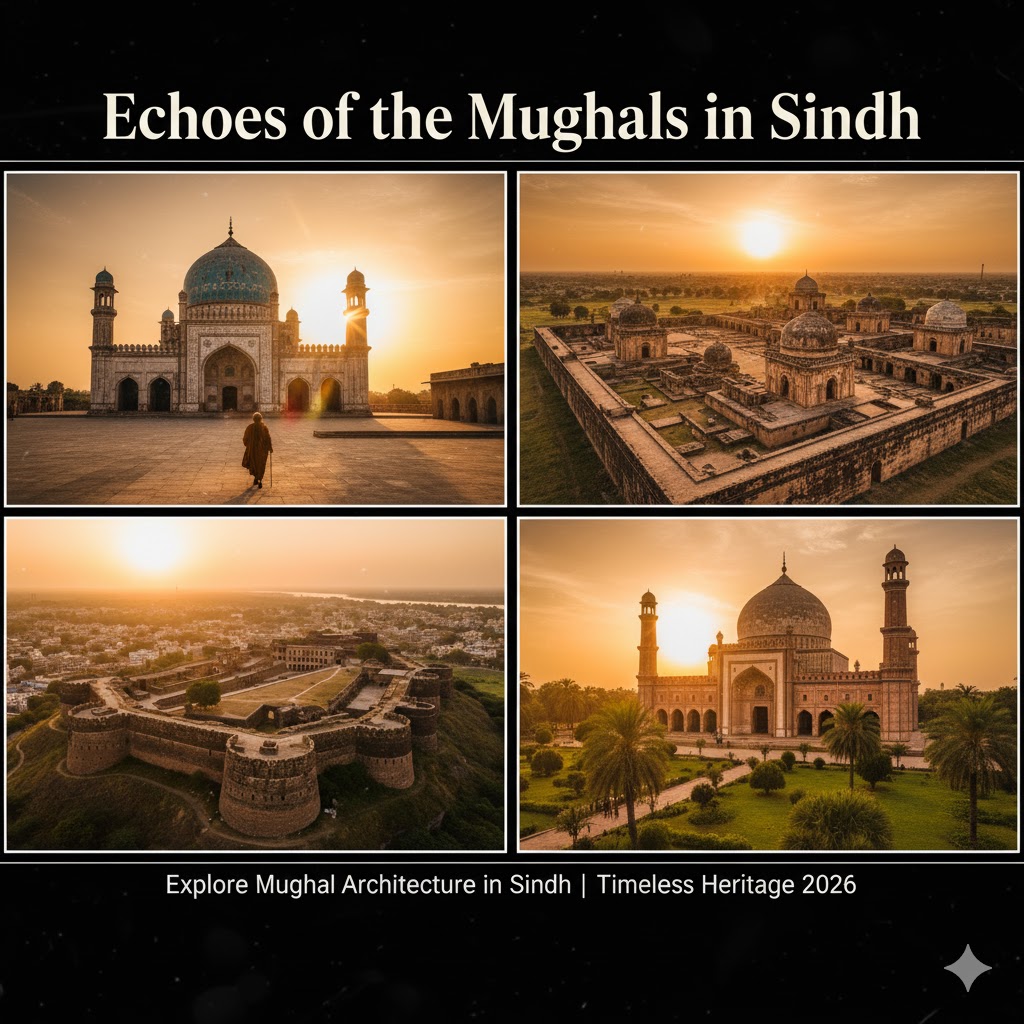
References:
Explore the Karachi Heritage Architecture Guide (2026) for colonial-era influences nearby.
- Visit the Gandhara Heritage Route Pakistan (2026) to connect Buddhist and Mughal heritage trails.
Traveler Guide: Preserving the Mughal Spirit in Sindh
The Mughal Architecture in Sindh stands as a poetic dialogue between power and devotion — where domes rise like prayers and carvings whisper stories of emperors and artisans.
In 2026, as preservation projects revive Thatta, Hyderabad, and Makli, travelers can walk through corridors of time that shaped Pakistan’s spiritual and artistic essence. Sindh’s Mughal heritage reminds us that beauty, when carved in faith and clay, never fades.
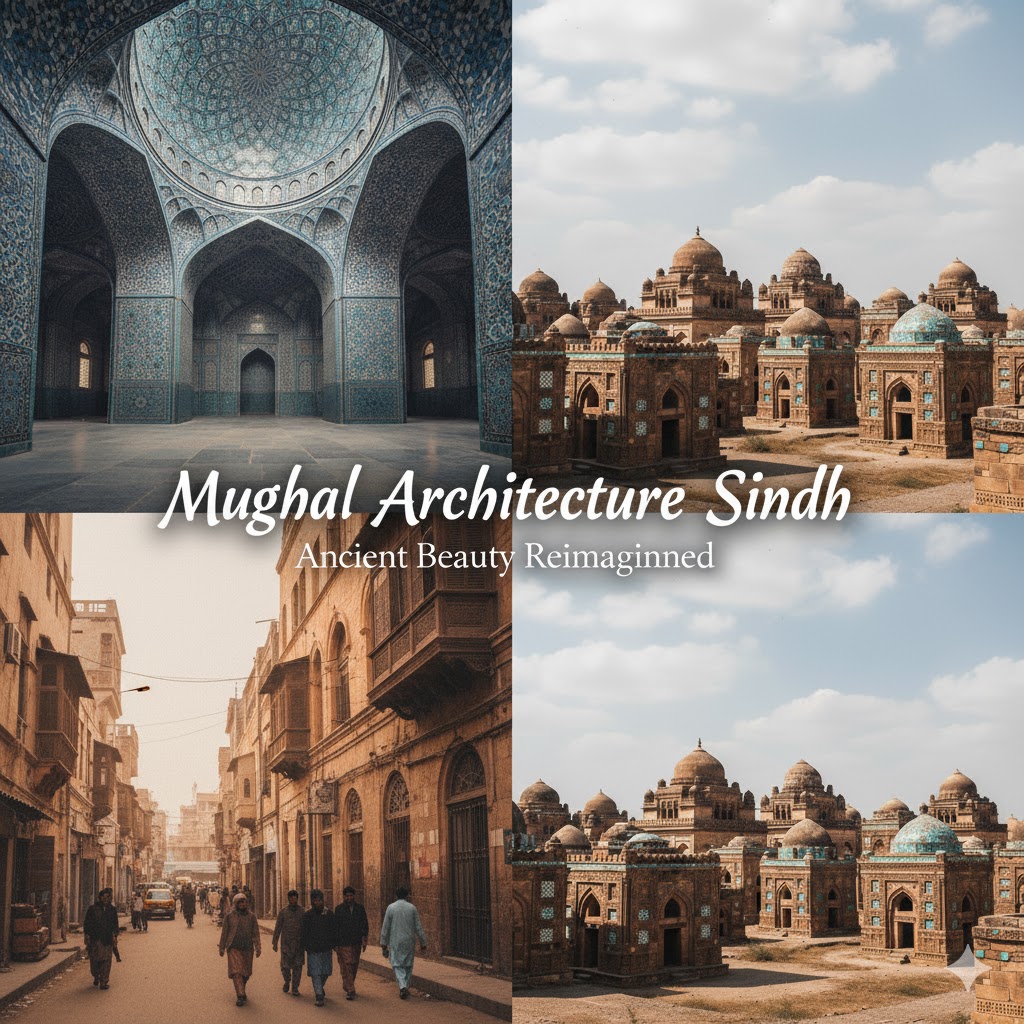
FAQs — Explore Mughal Architecture in Sindh (2026)
Q1. What are the must-see Mughal monuments in Sindh?
The most remarkable Mughal sites include Shah Jahan Mosque (Thatta) for its intricate tilework, Makli Necropolis for its massive funerary structures, Hyderabad Fort with Mughal-Kalhora influences, and the Khudabad Mosque in Dadu. Each showcases Sindh’s unique adaptation of Mughal art and architecture.
Q2. When is the best time to visit Sindh for exploring Mughal architecture?
The best time to visit is between October and March, when the weather is pleasant and dry. These months offer the best daylight for photography and outdoor exploration. Avoid visiting during the summer (April–June) or monsoon season due to heat and accessibility issues.
Q3. Do I need permits or special permissions to photograph or film at these sites?
Photography for personal use is usually allowed, but commercial filming or drone usage requires official permission from the Sindh Culture, Tourism, Antiquities & Archives Department. Always check local guidelines before your trip to avoid fines or restrictions.
Q4. Are guided tours available, and should I hire a local guide?
Yes. Several organizations and heritage experts in Thatta, Hyderabad, and Dadu offer guided tours. Hiring a local guide enhances your experience — they share historical facts, access restricted areas, and help support local communities.
Q5. What cultural etiquette should visitors observe at Mughal-era religious sites?
Dress modestly, remove shoes before entering mosques or mausoleums, and avoid loud conversations. Always respect local worshippers and follow signs indicating restricted areas. Photography of people should only be done with permission.
Q6. How accessible are these sites for differently-abled travelers?
Accessibility varies. The Shah Jahan Mosque is relatively accessible, but Makli Necropolis and Khudabad Mosque have uneven surfaces and steps. Contact local authorities or tour operators in advance to arrange support if needed.
Q7. Are there ongoing restoration projects or ways to support preservation?
Yes. Organizations such as the Heritage Foundation Pakistan and UNESCO Pakistan continue to restore Mughal monuments in Sindh. Travelers can contribute by donating to local conservation initiatives or joining heritage tours that reinvest proceeds into preservation.
Q8. How many days should I plan to explore Mughal architecture in Sindh?
A 3–4 day trip is ideal for Thatta and Hyderabad. For deeper exploration — including Dadu, Sehwan, and rural tomb complexes — plan 5–7 days. This allows time for local exploration, cultural photography, and engaging with local artisans.

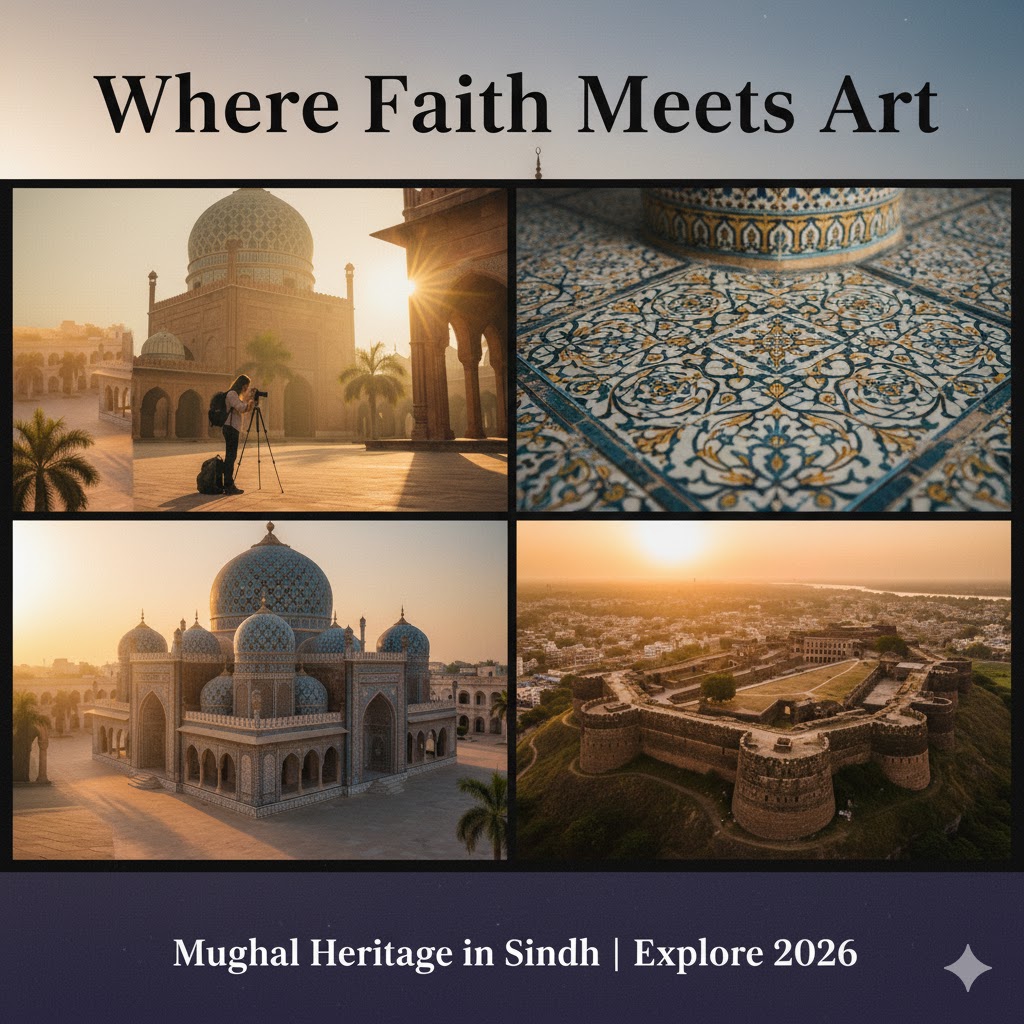


Pingback: Magical Discover Pakistan Ancient Civilizations Trail 2026